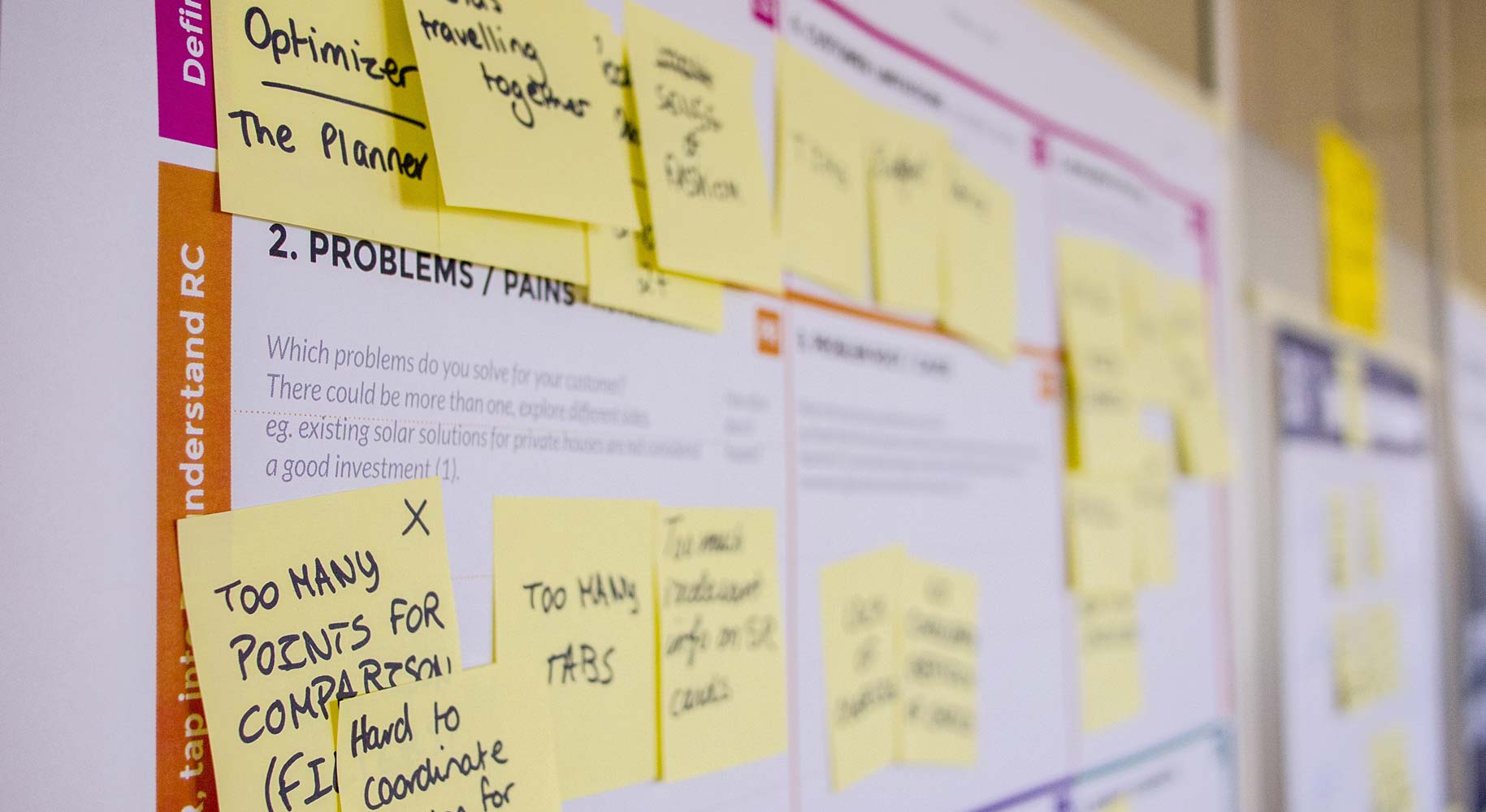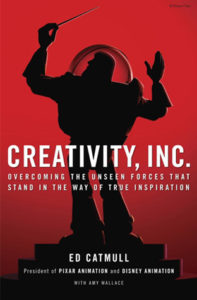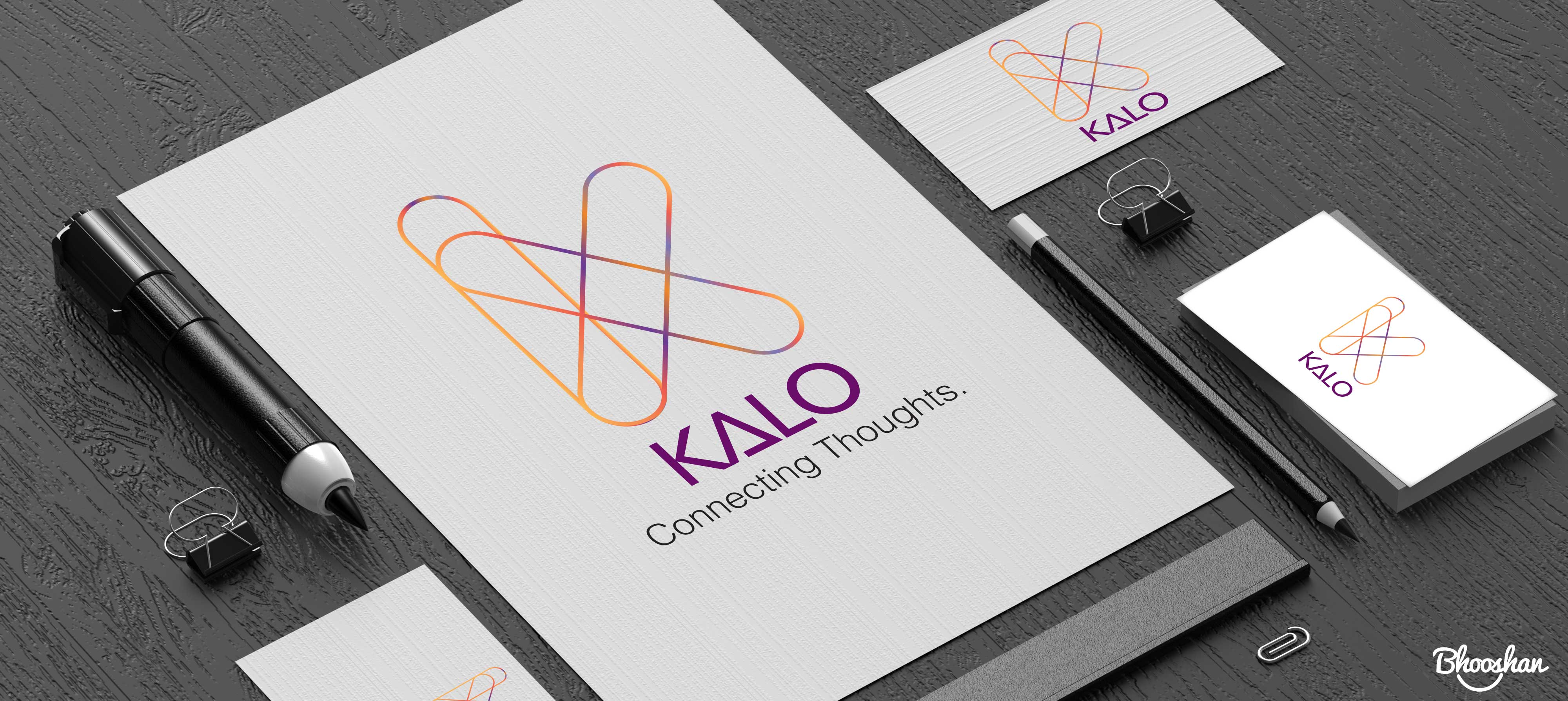I read an excerpt from Don Norman’s revised classic book on UX ‘The Design of Everyday Things’ that pointed at the cognitive functions of the human brain in the context of good vs bad design experience.
[perfectpullquote align=”right” bordertop=”false” cite=”” link=”” color=”” class=”” size=””] Good design is actually a lot harder to notice than poor design, in part because good designs fit our needs so well that the design is invisible, serving us without drawing attention to itself. Bad design, on the other hand, screams out its inadequacies, making itself very noticeable. [/perfectpullquote]
When you think about software and “bad” user-interfaces for instance, consistent periods of exposure to a clunky task flow in a working environment per se forces the human brain to adjust to the flawed experience, and the pressure to meet those goals increases the cognitive efforts towards learning those relevant skills quickly despite the experience being unwieldy in gaining familiarity with the UI for accomplishing those recurring tasks. It might be termed as “efficient” but leaves the user in a quagmire. Such onerous yet persisting functionality naturally forms a so-called ‘blind spot’ preventing its users from judging the experience as ‘good’, ‘bad’ or ‘poor’ since they have now settled into a comfort zone in this burdensome journey. In my experience, I have seen its effect leaving a huge mark on their individual productivity, moreover in some cases, it even compels the users to thwart attempts to bring any positive change to the system. This is one reason why design thinking and user-centred frameworks fundamentally emphasize on ‘observing’ the users in their natural surroundings rather than ‘interviewing’ them to test their inherent judgement in relation to the tasks which they undertake. It could be, that in this context, Dr Norman is mentioning the human experience from the point of view of ordinary systems which are unrelated to the hurdles of technology, because the “inadequacies” which stem from a bad UI may not be necessarily perceived by the end-users for the reasons that I mentioned above, and also because they are committed to achieving those goals regardless of the quality of the UI or experience.




 I literally grew up watching this wonderful symbol around me, the logo of the State Bank of India (SBI), a renowned nationalised bank in India and pretty famous too. And personally,
I literally grew up watching this wonderful symbol around me, the logo of the State Bank of India (SBI), a renowned nationalised bank in India and pretty famous too. And personally, 